
According to the international radio station DW (Germany) on October 13, the European Commission (EC) has just announced to double the import tax on the amount of steel exceeding the duty-free quota to 50%, and at the same time cut this quota to 18.3 million tons per year. This decision, pending approval by the 27 member states and the European Parliament, was made to address the global overproduction and the decline in European steel production, which has caused a third of the bloc's steel production capacity to stagnate.
Will the EU copy Trump's strategy?
The EU’s 50% tariff is similar to the one imposed by US President Donald Trump’s administration earlier this year, raising questions about whether the bloc, which bills itself as a model of free trade, is copying Washington’s strategy or simply trying to save its domestic steel industry and seek a better deal with the US.
China, which has been blamed for much of the EU steel industry's woes by allegedly dumping excess supply, was quick to hit back, calling the tariffs a "protectionist move." The Chinese Chamber of Commerce in the EU (CCCEU) expressed concern about the rise of trade protectionism in the EU market, saying the trend "runs counter to the EU's long-standing commitment to open, rules-based trade."
However, the EU said the higher tariffs were only aimed at surplus volumes and that steel quotas would remain free from the higher tariffs. The European Steel Association (EUROFER) welcomed the new policy, describing it as a “lifeline” for the bloc’s steel industry, which has lost nearly 100,000 jobs in the past 15 years.
EUROFER argues that unlike US tariffs, which impose a 50% tariff on all steel imports, the EU operates a “tariff rate quota system” that still allows a large amount of imports into Europe duty-free. The group says this 18.3 million tonnes of duty-free steel imports is roughly equal to “the combined steel production of France, Belgium and Luxembourg.”
Indirect message to Washington
EU Trade Commissioner Maros Sefcovic said Brussels was determined to act “the European way”, meaning “keeping the European market open” and “offering quotas to our partners”. He also said: “What is clear from the US is the question: ‘Look, we have taken very strong measures – what will the European side do?’”.
EUROFER makes no secret of its hope for concessions from the US. "We hope that these new terms will lay the foundation for a new dialogue with the Trump administration to lift tariffs and restart the work of building an alliance to prevent global overcapacity," the group said.
Alberto Rizzi, a policy fellow at the European Council on Foreign Relations, said the EU's steel tariffs were also an "indirect message" to Washington that Brussels could also impose higher tariffs. He said the move "could encourage Washington to offer the EU a quota deal."
For her part, Penny Naas, Senior Vice President at the German Marshall Fund, also noted that the EU-US tariff deal reached last August also included “cooperation in protecting domestic markets” from China’s overcapacity, which could help the EU gain some “preferential access” for its products to the US market.
Concerns for Britain and India
Meanwhile, the EU's new steel tariffs are causing concern among trading partners. In the UK, Alasdair McDiarmid, a union representative on the Executive Committee of the Confederation of Shipbuilding and Engineering Trade Unions and a board member of the Alex Ferry Foundation, fears that the EU's steel tariffs pose an "existential threat" to the UK steel industry. He said that about 80% of UK steel exports go to the EU, and "losing access to that market would have a catastrophic impact on British jobs."
India, another major steel producer, is also likely to be affected. Sandeep Poundrik, India’s steel secretary, estimates that 3.3 million tonnes, or 60% of India’s total steel exports, will be shipped to the bloc by 2024. Tariffs on steel imports from India have been a major point of contention, as the EU is currently negotiating a free trade agreement with India.
Source: https://baotintuc.vn/the-gioi/ap-thue-50-voi-thep-eu-dang-sao-chep-chien-luoc-bao-ho-cua-my-20251014084141312.htm








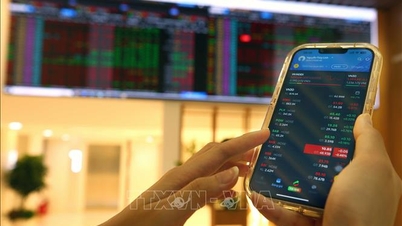
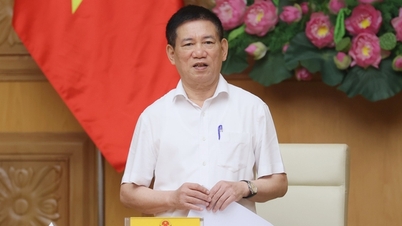





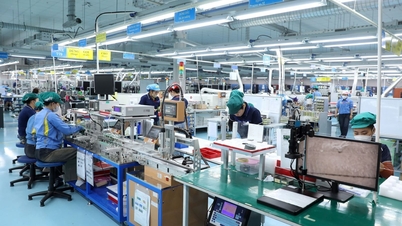




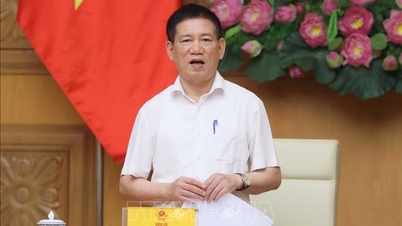
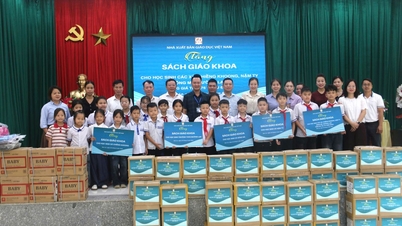
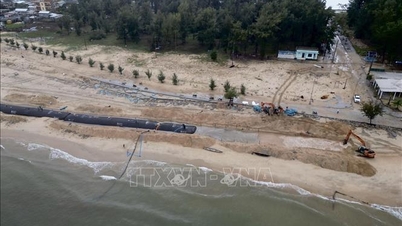
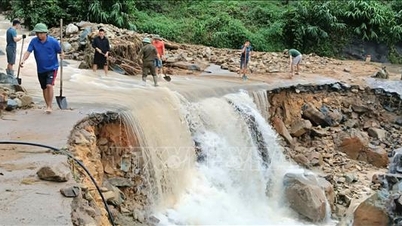
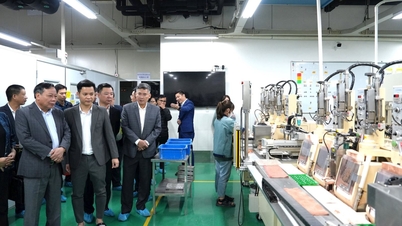
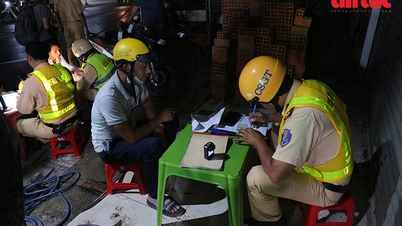





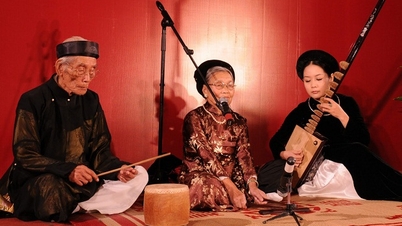



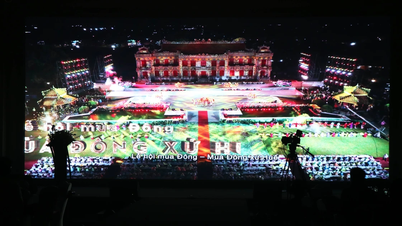






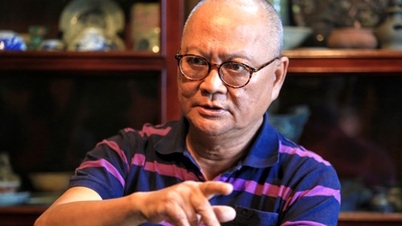





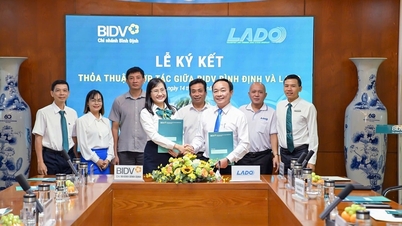





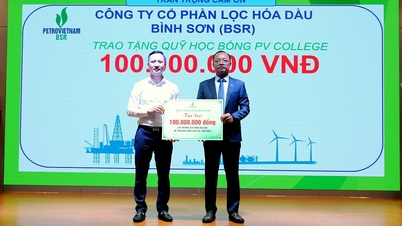










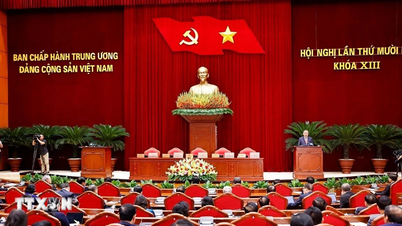
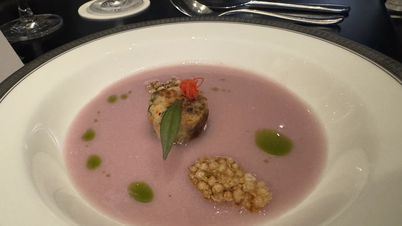

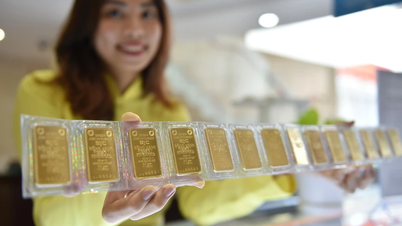

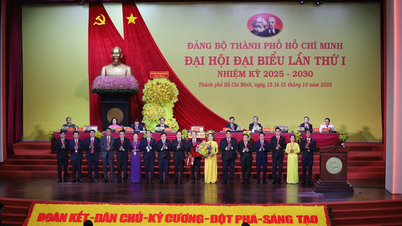
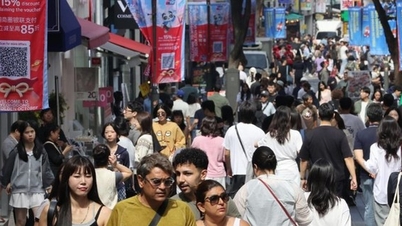

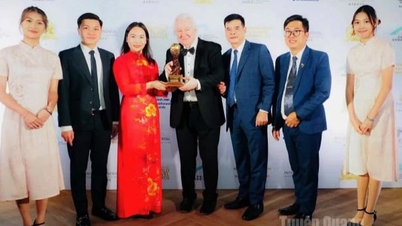
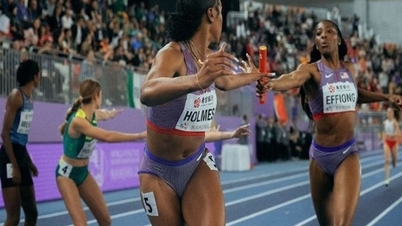
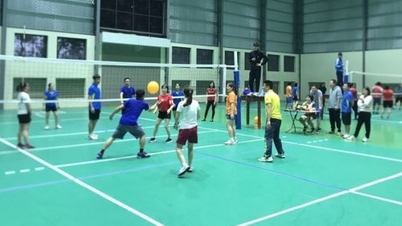

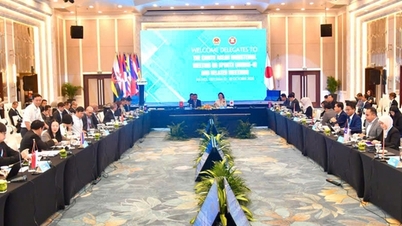
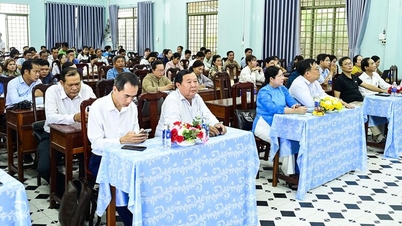

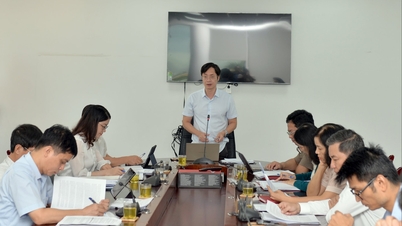

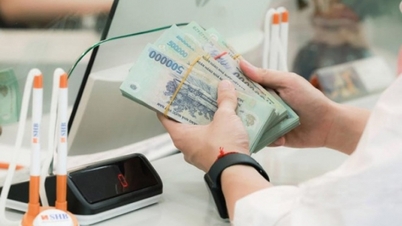


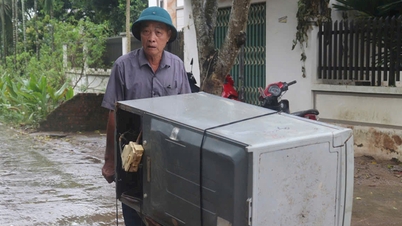

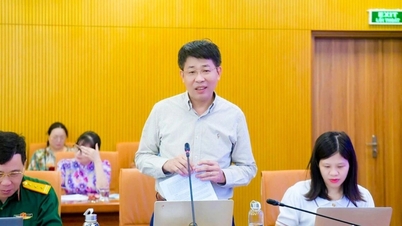







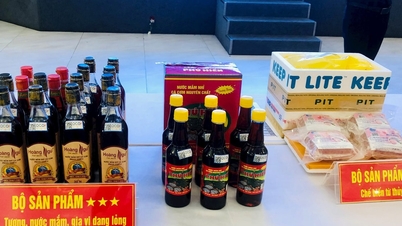








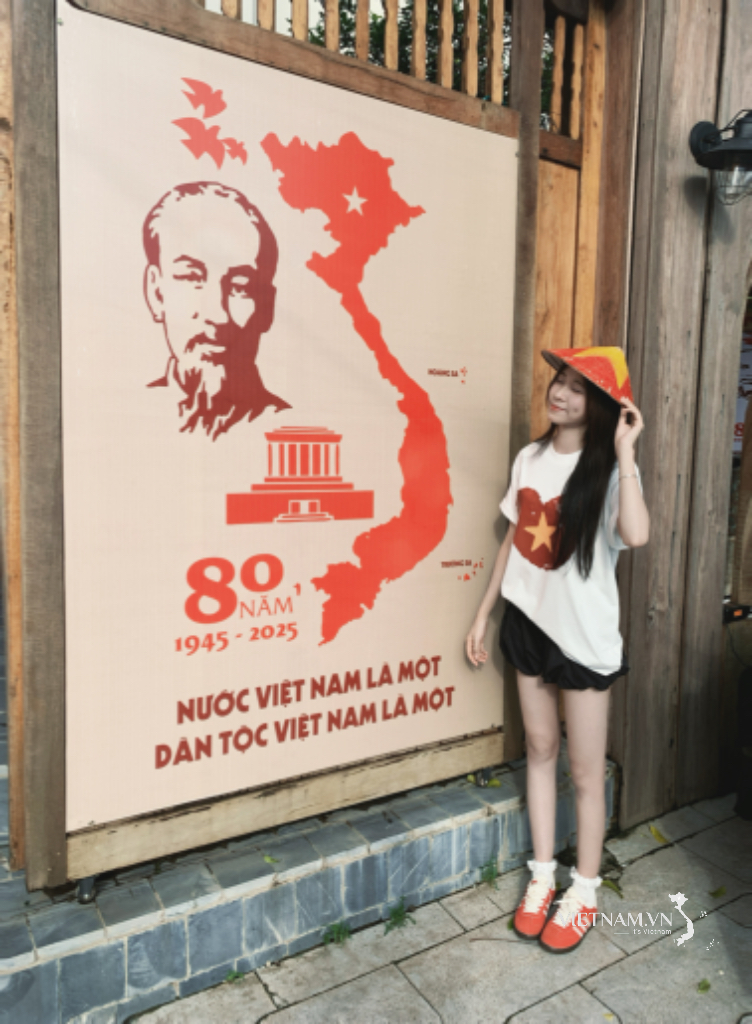
Comment (0)